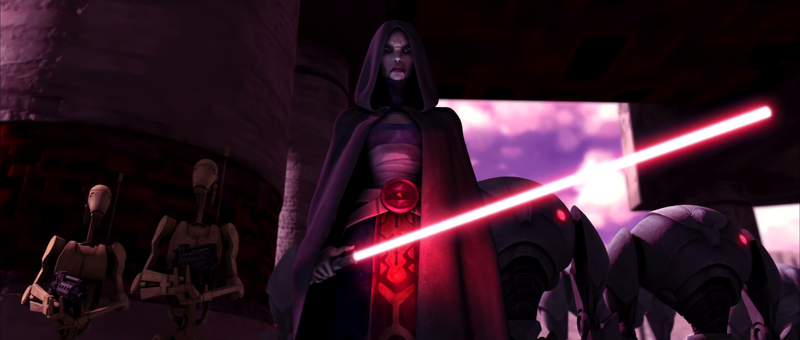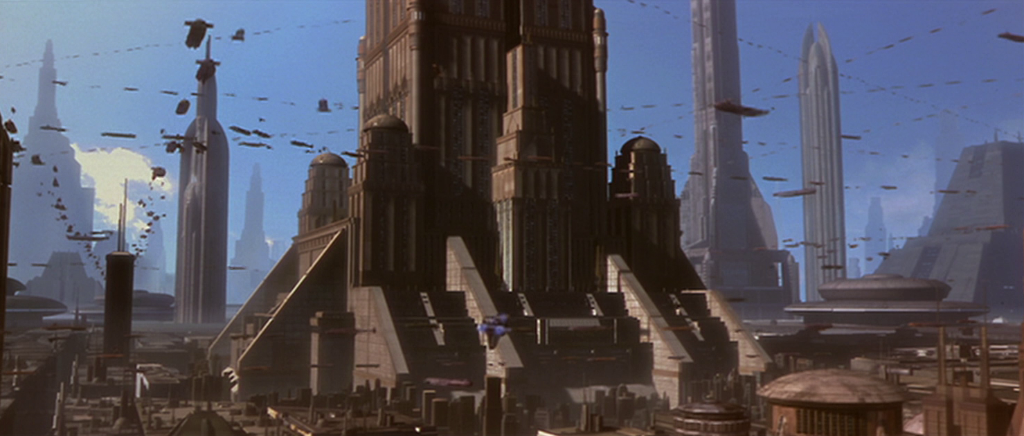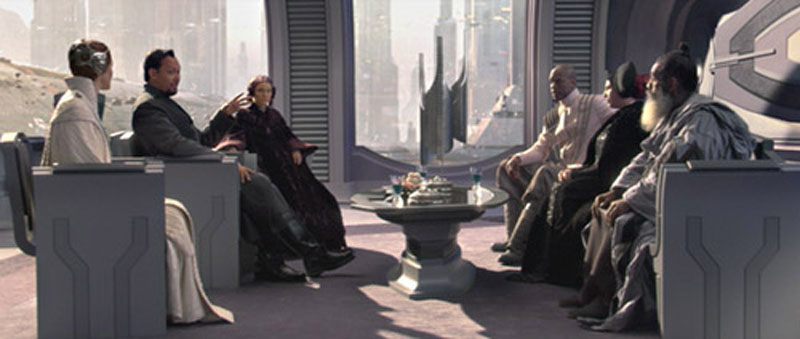
Last time, we looked at one of the leaders of the Separatist Alliance’s military arm. While General Grievous was urged to use the unorthodox in his fight against the Jedi, he was in the end a blunt instrument in Count Dooku’s hands, a hammer used to smash the opponents of the CIS. Of course, Dooku also had need of a scalpel during the Clone Wars, a more selective agent who would not mindlessly charge into battle, and in whom he could implant his own ideas and training, giving him a tool with which to possibly unseat his master one day.
Enter Asajj Ventress.
Ventress was created as a part of the Clone Wars multimedia project to give the Republic a mid-tier antagonist before Grievous was revealed, first appearing in the comics but making her mark in the Genndy cartoon series as well. It was in The Clone Wars, though, where she made her biggest impact, giving audiences a major female villain for the first time in Star Wars screen history barring the antagonist of the Ewok movie (because who remembers that?). But her gender was far from her only reason for her popularity. She was menacing, she was magnetic, she was intelligent and even funny at times thanks to her talent for sarcasm. She gave the heroes a run for their money, but was far from a one-dimensional villain, as we’ll see. Read More



